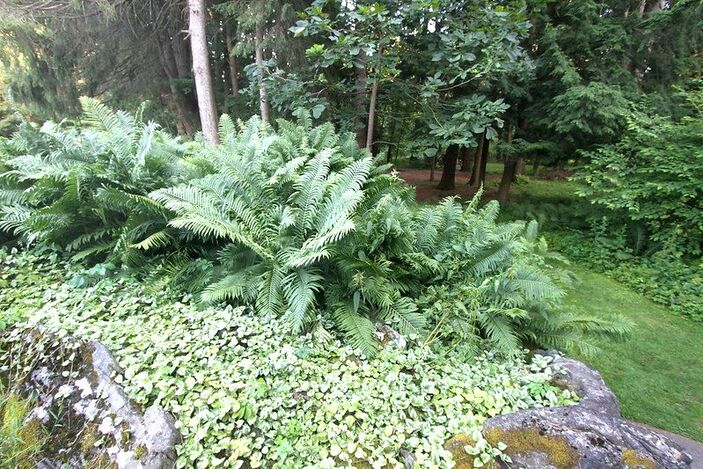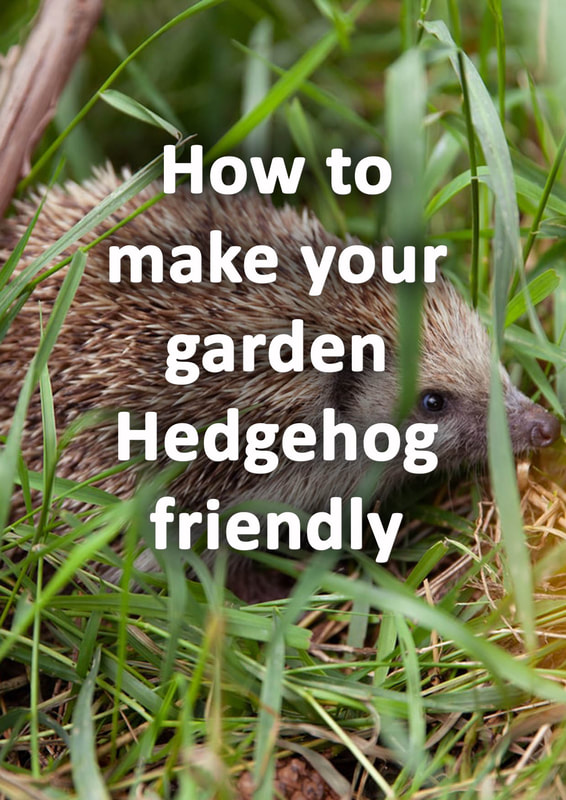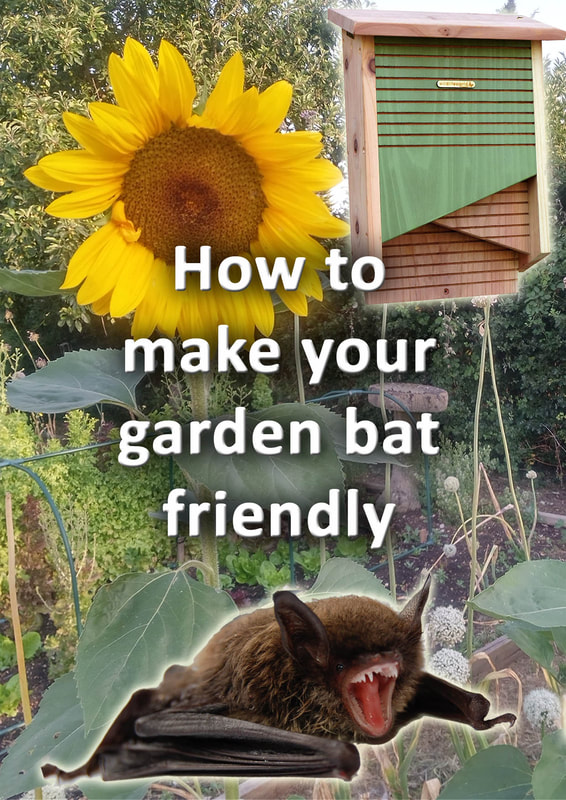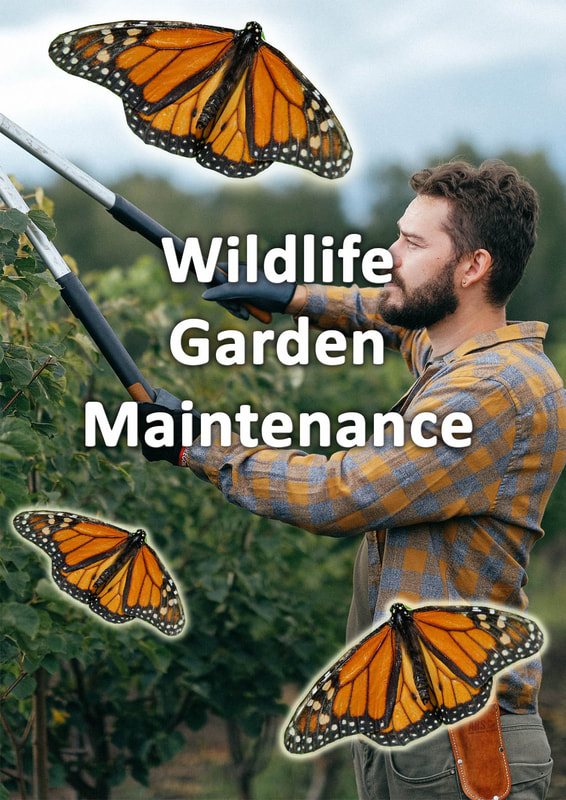|
This article contains affiliate links
Wildlife garden borders are a great way to get yourself started in wildlife gardening. They require much less commitment and infrastructure than an entire wildlife garden project.
Typically wildlife garden borders consist of a collection of plants beneficial to wildlife. These can be structured as typical planting designs arranging plants according to their height, colour, texture and form. However wildlife borders are not just an arrangement of wildlife friendly plants. They can actually replicate specific habitat types found in nature. Some typical examples of these can be meadow borders, woodland glades and even scrubland. In this article we list some different types of wildlife garden border and how to create them. What are the best plants for a wildlife border?The best plants for a wildlife garden border will attract multiple species by providing ample food and shelter. More often than not the plants will be naturally occurring to your specific region. This means local wildlife will be familiar with the pollen, nectar, fruit, nuts and seeds they provide. However there are many non native plants which will also be very beneficial to your local wildlife. These will typically be those that bear rich nectar and fruit!
The best plants for a wildlife garden border will also be collectively varied and diverse. This is to encourage as much biodiversity as possible within the planting scheme.
Trees, shrubs, climbers, perennials and annuals should combine to create multiple canopies of foliage offering plenty of shelter. For our full comprehensive list of wildlife trees, shrubs, climbers, perennials and annuals see our full list here. However the best plants for your wildlife garden border will depend on the type of theme or habitat you are trying to create. Below we have broken down the different types of wildlife garden border with suggested plant species. Woodland edge wildlife border
Woodland edge habitat is some of the richest wildlife habitat found in nature. If most regions across the planet were left with no human intervention they would normally revert to forest. When sunlight reaches the forest floor it enables multiple levels of vegetation to flourish. Such circumstances occur where woodland meets other habitats such as grassland and scrubland. These woodland edge habitats are extremely abundant in plant and animal species. Hence it is no wonder they are particularly effective themes for wildlife garden borders. If you have a large garden you can plant small native trees which bear edible fruits, nuts and berries. Then shrubs beneficial to wildlife can be planted for extra food and shelter. The front of the borders can be planted with shade loving woodland plants. These woodland edge wildlife borders are extremely favourable for Insects, birds and small mammals. 10 plant species for a woodland edge wildlife border
|
The Author
|
Landscaping services across Buckinghamshire, Amersham, Aylesbury & High Wycombe
Hyde Heath, Amersham, Buckinghamshire |
|










































